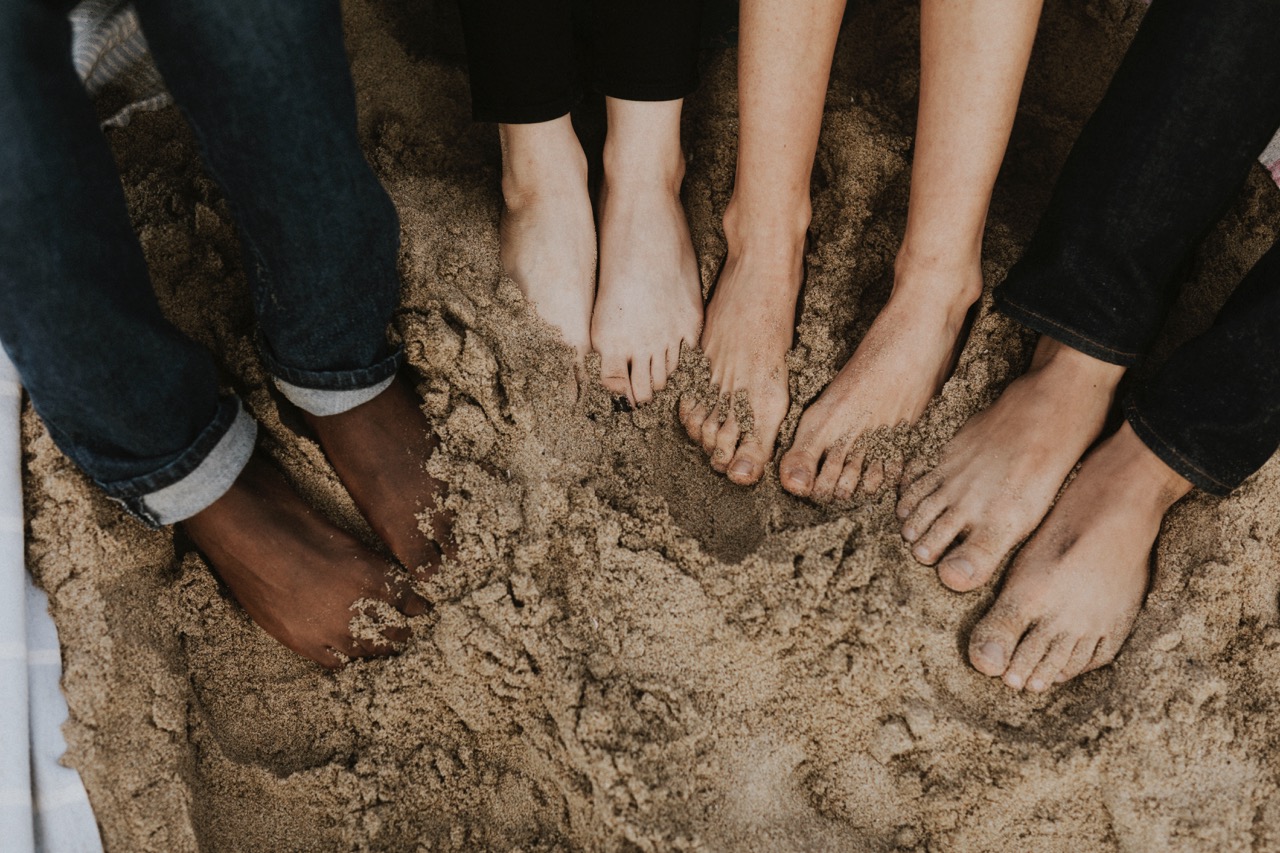How Skateboarders Protect Their Feet from Injury

Skateboarding is an exhilarating activity that offers both freedom of expression and a unique form of athleticism. However, it also comes with its share of risks, particularly when it comes to foot injuries. Understanding how skateboarders can effectively protect their feet from harm is vital for both beginners and seasoned riders. This article delves into the common foot injuries associated with skateboarding, essential footwear features for prevention, techniques and best practices for foot protection, and the importance of foot strengthening exercises.
Understanding Common Foot Injuries in Skateboarding
Skateboarders are particularly susceptible to foot injuries due to the nature of the sport, which involves constant balance, jumping, and landing. One of the most frequent injuries is the ankle sprain, often caused by missteps during tricks or rough landings. Such injuries can range from mild to severe, sometimes requiring extended periods of recovery. Another common issue is the occurrence of fractures, especially in the metatarsal bones, which can happen when the foot takes a direct impact during a fall.
Additionally, skateboarders may experience injuries to the plantar fascia, the tissue connecting the heel bone to the toes. Plantar fasciitis can be exacerbated by repetitive stress and inadequate footwear, resulting in inflammation and intense pain. Other potential injuries include bruises and lacerations to the foot, which can occur from contact with the board or the ground during a fall. Understanding these risks is crucial for skateboarders who wish to minimize the chances of injury.
Lastly, chronic foot pain can develop from improper technique and inadequate recovery practices. Repeated strain on the foot can lead to conditions like tendonitis, which may hinder a skateboarder’s performance over time. To effectively protect themselves from such injuries, skateboarders must be proactive in their approach to foot care and prevention.
Essential Footwear Features for Injury Prevention
The right footwear is a critical component in preventing foot injuries while skateboarding. One of the most important features is cushioning, which helps absorb impact and reduces stress on the feet during landings. High-quality skate shoes often incorporate advanced materials that provide optimal shock absorption, protecting the delicate structures of the foot from excessive strain.
Another essential feature is ankle support. Shoes designed specifically for skateboarding typically come with higher collars that provide additional stability to the ankle, minimizing the risk of sprains. A snug fit around the ankle can also help keep the foot securely in place, reducing the likelihood of sliding within the shoe during tricks.
Finally, the sole of the shoe plays a vital role in grip and traction. A good skate shoe should have a rubber sole with a pattern that enhances grip on the skateboard, allowing for better control and maneuverability. This not only aids in performance but also reduces the chance of slips and falls, which are common causes of foot injuries in skating.
Techniques and Best Practices for Foot Protection
In addition to selecting the right footwear, skateboarders can adopt several techniques and best practices to protect their feet. One crucial practice is warming up before skating. Stretching the feet, ankles, and calves can improve flexibility and reduce the risk of strains or sprains. A comprehensive warm-up routine should include dynamic movements that mimic skating motions, preparing the body for the demands of the sport.
Another technique is to practice proper landing techniques. Skateboarders should focus on landing softly and with both feet planted evenly to distribute weight and minimize the risk of injury. Learning how to roll out after a fall can also help dissipate impact forces, reducing the likelihood of foot injuries. Skateparks often provide surfaces that are more forgiving than concrete, making them ideal for practicing new tricks safely.
Finally, taking the time to rest and recover is essential for foot protection. Skateboarding can be physically demanding, and fatigue can increase the likelihood of mistakes that lead to injury. By listening to their bodies and allowing for adequate recovery time, skateboarders can maintain their performance levels while significantly reducing their injury risk.
The Role of Foot Strengthening Exercises in Safety
Strengthening the muscles in the feet and ankles can play a significant role in enhancing injury prevention for skateboarders. Specific exercises can help improve stability and resilience, allowing the foot to better absorb the stresses associated with skating. Activities like toe raises, heel walks, and ankle circles can strengthen the surrounding muscles and tendons, providing better support during high-impact movements.
Balance training is another vital aspect of foot strengthening that can help prevent injuries. Exercises that improve proprioception, such as standing on one foot or using balance boards, can enhance coordination and stability. Improved balance not only helps skateboarders perform tricks more effectively but also reduces the risk of awkward falls that may lead to injuries.
Additionally, incorporating resistance training into a routine can build overall lower body strength, further supporting foot health. Exercises that target the calves, quads, and hamstrings contribute to a strong foundation for skateboarding movements. By integrating foot strengthening exercises into their training regimen, skateboarders can significantly enhance their performance while minimizing the risk of injuries.
In conclusion, foot injuries in skateboarding are a common concern that can impact a rider’s enjoyment and longevity in the sport. By understanding the types of injuries that can occur, selecting appropriate footwear, adopting protective techniques, and incorporating foot strengthening exercises, skateboarders can take proactive steps to safeguard their feet. Ultimately, prioritizing foot health not only enhances performance but also ensures a safer and more enjoyable skateboarding experience.




